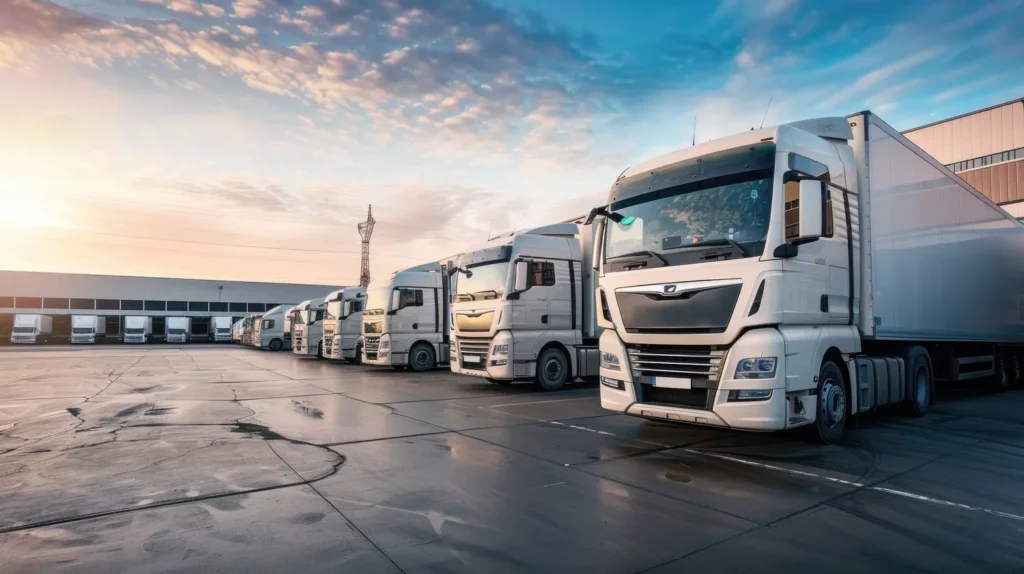The Flemish Government says the move is aimed at reducing greenhouse gas emissions by 40% by 2030.
An additional 686 kilometres of the regional road network will now be subject to charges, an extension of 30%. The regions most affected are Limburg, Kempen, and the area between Ghent and the coast.
There are three types of expansions according to Belgian road transport website transportmedia.be. Firstly, there’s regional roads located in port areas (Antwerp, Ghent, Zeebrugge and Ostend), as well as main roads where the zero rate had not been applied (e.g. the N49 between Zelzate and Knokke). These are illustrated in wine red on the map below.
Moreover, some other roads, marked in blue below, have been added due to the fact a lot of hauliers have been using them as a shortcut.
Finally, some roads have been subject to charges because of their cycling infrastructure and/or the proximity of schools. This is the case, for example, for the entire N32 between Bruges and the French border. These are represented in yellow on the map, while green shows existing kilometre charge roads.

Photo: vlaanderen.be
The news has predictably drawn criticism from haulage groups in Flanders, including the UPTR.
Reacting to the plans, Michael Reul, Director of UPTR, said:
“Officially, the intention is to encourage a modal shift to waterways and railways. Time will tell if this forecast comes true, but I am already very skeptical and see it mainly as a tax increase disguised as a climate measure with zero effect on the modal shift. The term ‘modal shift’ is only used as a pretext to increase the tax on road transport.”
Michael Reul, also of the UPTR, added:
“If only the different governments had the honesty to recognize that the kilometre charge is first and foremost a tax. When the system was launched in 2016, only the Walloon minister Christophe Lacroix recognised this.”
Photo: Romando09, CC BY-SA 3.0, via Wikimedia Commons









